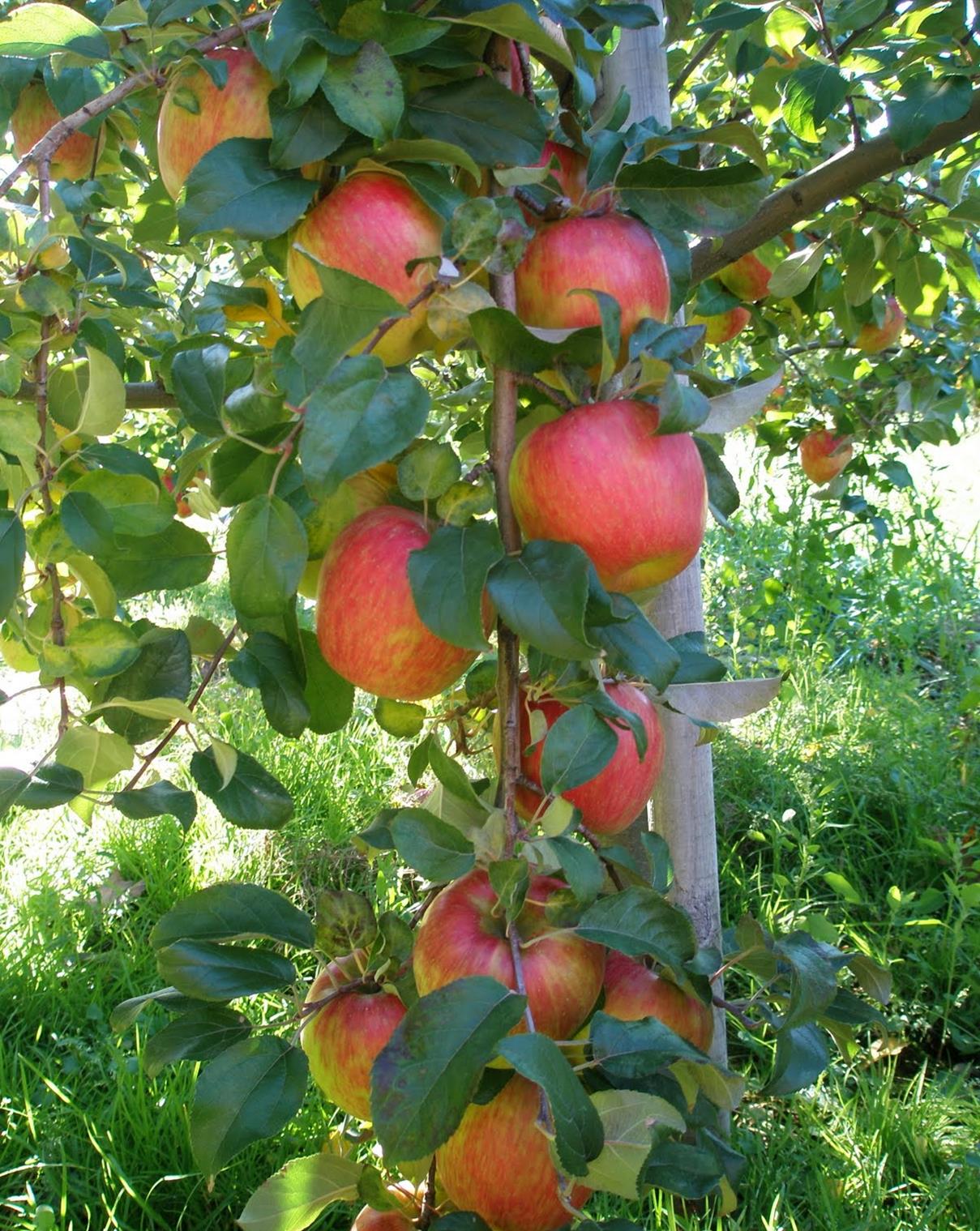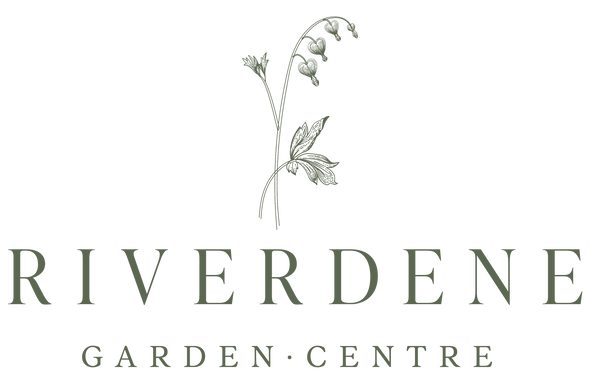1
/
of
1
Riverdene Garden Center
Honey Crisp Apple
Honey Crisp Apple
Regular price
$125.00 CAD
Regular price
Sale price
$125.00 CAD
Unit price
/
per
Couldn't load pickup availability
Malus domestica ‘Honeycrisp’
Honeycrisp Apple is a cold-hardy, high-yielding apple tree prized for its crisp texture, sweet-tart flavor, and long storage life. It thrives in prairie climates (Zone 3-6) and is well-suited for Southwest Saskatchewan. This variety requires cross-pollination, so it needs another apple tree nearby for fruit production.
Planting & Location
- Hardiness Zone: 3-6 (very cold-hardy)
-
Mature Size:
- Standard: 15-20 feet tall, 12-15 feet wide
- Semi-Dwarf: 12-15 feet tall, 10-12 feet wide
- Dwarf: 8-10 feet tall, 6-8 feet wide
- Growth Rate: Moderate (12-24 inches per year)
- Sunlight Needs: Full sun (6+ hours of direct sunlight per day)
-
Soil Preference:
- Prefers well-drained, loamy soil with good fertility.
- Tolerates sandy and clay soils if drainage is good.
- Performs best in slightly acidic to neutral soil (pH 6.0-7.0).
-
Spacing:
- Standard Trees: 15-20 feet apart
- Semi-Dwarf: 12-15 feet apart
- Dwarf: 6-8 feet apart
Pollination & Fruit Production
- Honeycrisp is NOT self-pollinating—it requires another apple variety nearby for cross-pollination.
-
Best Pollinators:
- Goodland Apple
- Norkent Apple
- Haralson Apple
- Sweet Sixteen Apple
- Any Prairie Hardy Crabapple
- Bloom Time: Mid-spring
- Harvest Time: Late September to early October
- Fruit Storage: Stores 4-6 months in a cool location.
Watering
- Young Trees (First 2-3 Years): Deep water once per week to establish roots.
- Established Trees: Water every 2-3 weeks in dry conditions.
- Avoid Overwatering: Apples do not like soggy roots—ensure well-draining soil.
Fertilizing
- First Year: No fertilizer needed—focus on root establishment.
-
Mature Trees:
- Apply a balanced slow-release fertilizer (e.g., 10-10-10) in early spring before bud break.
- Organic alternative: Compost or well-rotted manure applied in spring.
- Avoid excessive nitrogen, which encourages leafy growth over fruiting.
Pruning & Maintenance
- Best Time to Prune: Late winter to early spring (before buds break).
-
How to Prune:
- Remove dead, diseased, or crossing branches.
- Maintain an open center or modified central leader shape for airflow and sunlight penetration.
- Thin out crowded branches to improve fruit quality.
Pest & Disease Management
Common Pests:
-
Apple Maggot – Larvae burrow inside fruit.
- Solution: Use sticky traps and clean up fallen fruit.
-
Codling Moth – Larvae tunnel into apples.
- Solution: Use pheromone traps and remove affected fruit.
-
Aphids – Cause curled leaves and sticky honeydew.
- Solution: Spray with insecticidal soap or encourage ladybugs.
Common Diseases:
-
Fire Blight – Causes blackened, scorched-looking branches.
- Solution: Prune infected branches 8-12 inches below infection and sanitize tools.
-
Apple Scab – Causes dark, scabby lesions on fruit and leaves.
- Solution: Choose resistant varieties and apply fungicide if needed.
-
Powdery Mildew – White fungal growth on leaves.
- Solution: Improve air circulation and apply sulfur-based fungicides.
Winter Protection
- Young Trees: Wrap trunks with tree guards or white tree wrap in late fall to prevent sunscald and rodent damage.
- Mulching: Apply 2-4 inches of mulch around the base (not touching the trunk) to insulate roots.
- Rodent & Deer Protection: Use tree guards or fencing to prevent bark damage.
Landscape Uses
Ideal for home orchards and backyard fruit production
Cold-hardy and productive in prairie climates
Sweet, crisp apples with long storage life
Beautiful spring blossoms attract pollinators
Great for fresh eating, baking, and cider
Additional Notes:
- Honeycrisp apples develop their best flavor in cold climates, making them ideal for Saskatchewan growers.
- Lifespan: 30-50 years with proper care.
- Works well as a standalone tree, in orchard rows, or espaliered along fences.
Photo courtesy of Jeffries Nurseries
Share


